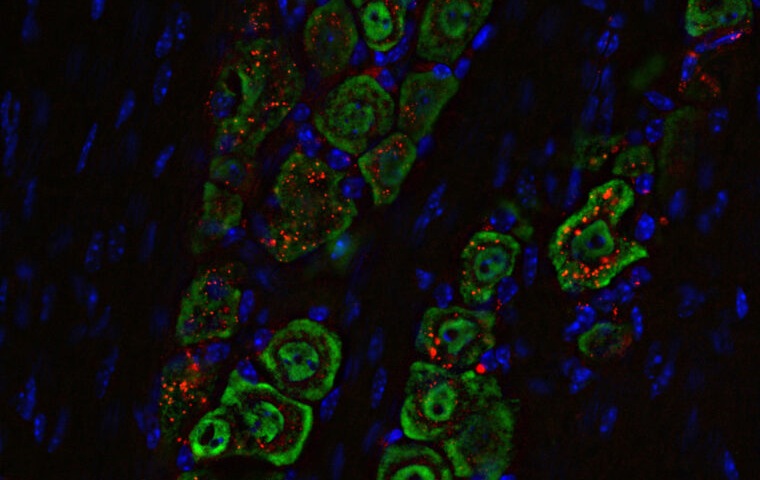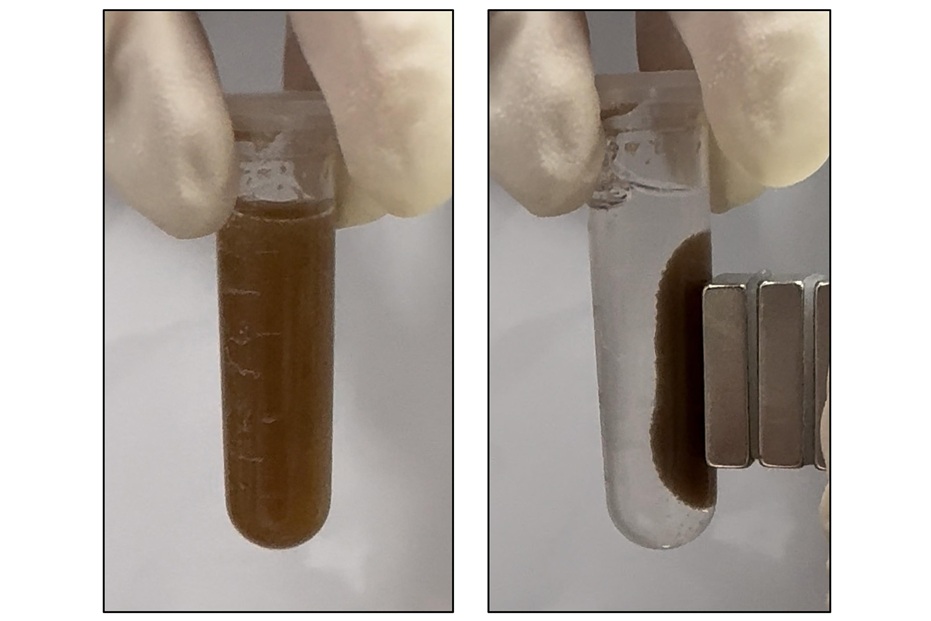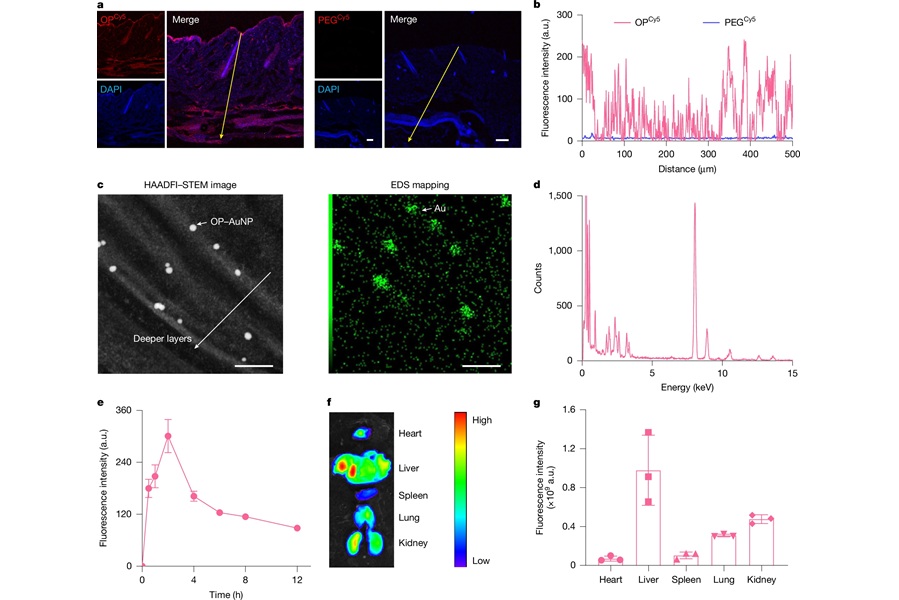Nonlinear Acoustic Analysis Could Help Destroy Kidney Stones
|
By HospiMedica International staff writers Posted on 04 Mar 2015 |
Mathematical analysis and simulation of models governing the propagation of sound in fluids could enhance lithotripsy, according to a new study.
Researchers at Alpen-Adria-Universität (Klagenfurt am Wörthersee, Austria) are developing an application-oriented comprehensive mathematical analysis of the underlying model equations the propagation of sound in fluids, since n-depth numerical simulation and optimization could result in a better understanding and control of the physical effects and complication risks during medical applications. As such, the mathematical analysis of the underlying partial differential equation (PDE) models of high intensity focused ultrasound (HIFU) is crucial for proper design of devices, such as in lithotripsy.
For example, optimization methods can be used to design the three dimensional (3-D) geometrical shape an acoustic lens so that the acoustic pressure generated is focused directly onto a kidney stone, while the surrounding tissue remains intact. Another issue the researchers plan to investigate is the coupling of nonlinear acoustics to other physical fields, such as excitation mechanisms, focusing devices, heat generation, and interaction with the kidney stones. The project is supported by the Austrian Science Fund (FWF; Vienna, Austria).
“These models are based on partial differential equations. The better our grasp of these equations, the more successfully one can avoid complications during the application of ultrasound technology,” said lead author Rainer Brunnhuber, MSc, of the department of mathematics. “To give an example, mathematical optimization methods can be used to enhance the shape of an acoustic lens in such a way that the acoustic pressure is focused precisely on the location of the kidney stone, and the surrounding tissue retains as little damage as possible.”
Nonlinear acoustics deal with large amplitude sound waves that require using comprehensive governing equations of fluid dynamics (for sound waves in liquids and gases) and elasticity (for sound waves in solids). The effects of nonlinearity cause sound waves to become distorted as they travel through a material, but geometric spreading and absorption effects usually overcome the self-distortion, so linear behavior usually prevails. Nonlinear acoustic propagation therefore occurs only for very large amplitudes and only near the source.
Related Links:
Alpen-Adria-Universität
Austrian Science Fund
Researchers at Alpen-Adria-Universität (Klagenfurt am Wörthersee, Austria) are developing an application-oriented comprehensive mathematical analysis of the underlying model equations the propagation of sound in fluids, since n-depth numerical simulation and optimization could result in a better understanding and control of the physical effects and complication risks during medical applications. As such, the mathematical analysis of the underlying partial differential equation (PDE) models of high intensity focused ultrasound (HIFU) is crucial for proper design of devices, such as in lithotripsy.
For example, optimization methods can be used to design the three dimensional (3-D) geometrical shape an acoustic lens so that the acoustic pressure generated is focused directly onto a kidney stone, while the surrounding tissue remains intact. Another issue the researchers plan to investigate is the coupling of nonlinear acoustics to other physical fields, such as excitation mechanisms, focusing devices, heat generation, and interaction with the kidney stones. The project is supported by the Austrian Science Fund (FWF; Vienna, Austria).
“These models are based on partial differential equations. The better our grasp of these equations, the more successfully one can avoid complications during the application of ultrasound technology,” said lead author Rainer Brunnhuber, MSc, of the department of mathematics. “To give an example, mathematical optimization methods can be used to enhance the shape of an acoustic lens in such a way that the acoustic pressure is focused precisely on the location of the kidney stone, and the surrounding tissue retains as little damage as possible.”
Nonlinear acoustics deal with large amplitude sound waves that require using comprehensive governing equations of fluid dynamics (for sound waves in liquids and gases) and elasticity (for sound waves in solids). The effects of nonlinearity cause sound waves to become distorted as they travel through a material, but geometric spreading and absorption effects usually overcome the self-distortion, so linear behavior usually prevails. Nonlinear acoustic propagation therefore occurs only for very large amplitudes and only near the source.
Related Links:
Alpen-Adria-Universität
Austrian Science Fund
Latest Surgical Techniques News
- Novel Endoscopy Technique Provides Access to Deep Lung Tumors
- New Study Findings Could Halve Number of Stent Procedures
- Breakthrough Surgical Device Redefines Hip Arthroscopy
- Automated System Enables Real-Time "Molecular Pathology" During Cancer Surgery
- Groundbreaking Procedure Combines New Treatments for Liver Tumors
- Ablation Reduces Stroke Risk Associated with Atrial Fibrillation
- Optical Tracking Method Identifies Target Areas in Robot-Assisted Neurosurgery
- General Anesthesia Improves Post-Surgery Outcomes for Acute Stroke Patients
- Drug-Coated Balloons Can Replace Stents Even in Larger Coronary Arteries
- Magnetic Kidney Stone Retrieval Device Outperforms Ureteroscopic Laser Lithotripsy
- Absorbable Skull Device Could Replace Traditional Metal Implants Used After Brain Surgery
- Magic Silicone Liquid Powered Robots Perform MIS in Narrow Cavities
- 'Lab-on-a-Scalpel' Provides Real-Time Surgical Insights for POC Diagnostics in OR
- Biodegradable Brain Implant Prevents Glioblastoma Recurrence
- Tiny 3D Printer Reconstructs Tissues During Vocal Cord Surgery
- Minimally Invasive Procedure for Aortic Valve Disease Has Similar Outcomes as Surgery
Channels
Critical Care
view channel
Nasal Drops Fight Brain Tumors Noninvasively
Glioblastoma is one of the most aggressive and fatal brain cancers, progressing rapidly and leaving patients with very limited treatment options. A major challenge has been delivering effective therapies... Read more
AI Helps Optimize Therapy Selection and Dosing for Septic Shock
Septic shock is a life-threatening complication of sepsis and remains a leading cause of hospital deaths worldwide. Patients experience dangerously low blood pressure that can rapidly lead to organ failure,... Read more
Glowing Bacteria ‘Pills’ for Detecting Gut Diseases Could Eliminate Colonoscopies
Diagnosing gastrointestinal diseases such as colitis and colorectal cancer often relies on colonoscopy, an invasive procedure that many patients avoid despite ongoing symptoms like bleeding, cramping, and diarrhoea.... Read morePatient Care
view channel
Revolutionary Automatic IV-Line Flushing Device to Enhance Infusion Care
More than 80% of in-hospital patients receive intravenous (IV) therapy. Every dose of IV medicine delivered in a small volume (<250 mL) infusion bag should be followed by subsequent flushing to ensure... Read more
VR Training Tool Combats Contamination of Portable Medical Equipment
Healthcare-associated infections (HAIs) impact one in every 31 patients, cause nearly 100,000 deaths each year, and cost USD 28.4 billion in direct medical expenses. Notably, up to 75% of these infections... Read more
Portable Biosensor Platform to Reduce Hospital-Acquired Infections
Approximately 4 million patients in the European Union acquire healthcare-associated infections (HAIs) or nosocomial infections each year, with around 37,000 deaths directly resulting from these infections,... Read moreFirst-Of-Its-Kind Portable Germicidal Light Technology Disinfects High-Touch Clinical Surfaces in Seconds
Reducing healthcare-acquired infections (HAIs) remains a pressing issue within global healthcare systems. In the United States alone, 1.7 million patients contract HAIs annually, leading to approximately... Read moreHealth IT
view channel
EMR-Based Tool Predicts Graft Failure After Kidney Transplant
Kidney transplantation offers patients with end-stage kidney disease longer survival and better quality of life than dialysis, yet graft failure remains a major challenge. Although a successful transplant... Read more
Printable Molecule-Selective Nanoparticles Enable Mass Production of Wearable Biosensors
The future of medicine is likely to focus on the personalization of healthcare—understanding exactly what an individual requires and delivering the appropriate combination of nutrients, metabolites, and... Read moreBusiness
view channel
Philips and Masimo Partner to Advance Patient Monitoring Measurement Technologies
Royal Philips (Amsterdam, Netherlands) and Masimo (Irvine, California, USA) have renewed their multi-year strategic collaboration, combining Philips’ expertise in patient monitoring with Masimo’s noninvasive... Read more
B. Braun Acquires Digital Microsurgery Company True Digital Surgery
The high-end microsurgery market in neurosurgery, spine, and ENT is undergoing a significant transformation. Traditional analog microscopes are giving way to digital exoscopes, which provide improved visualization,... Read more
CMEF 2025 to Promote Holistic and High-Quality Development of Medical and Health Industry
The 92nd China International Medical Equipment Fair (CMEF 2025) Autumn Exhibition is scheduled to be held from September 26 to 29 at the China Import and Export Fair Complex (Canton Fair Complex) in Guangzhou.... Read more














